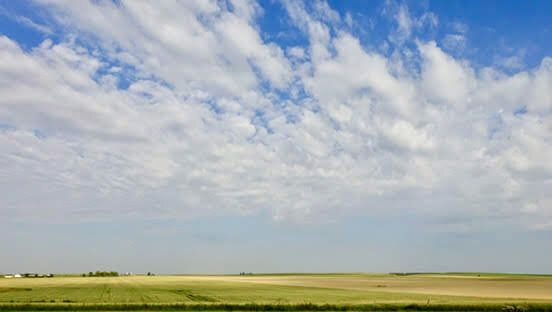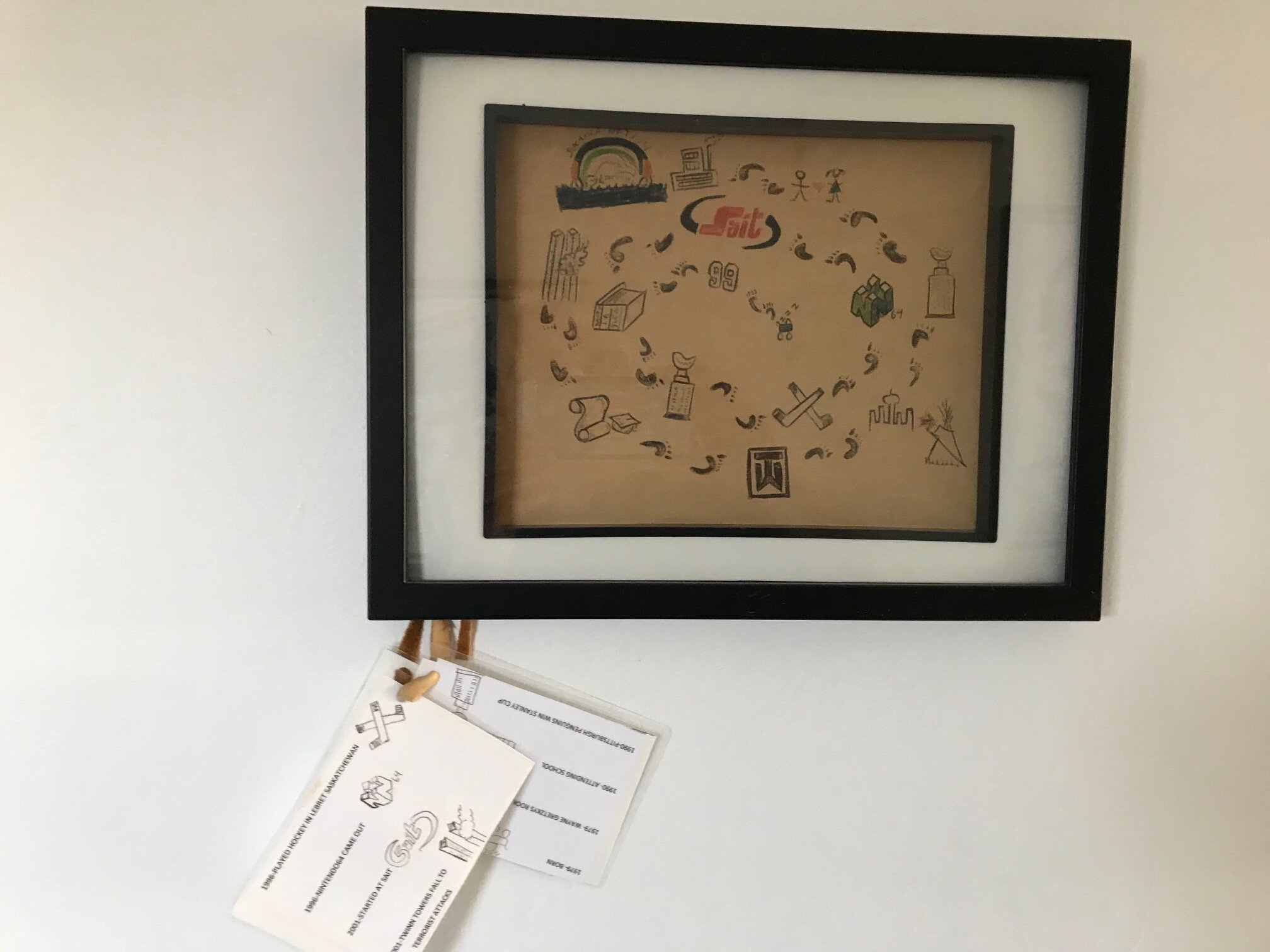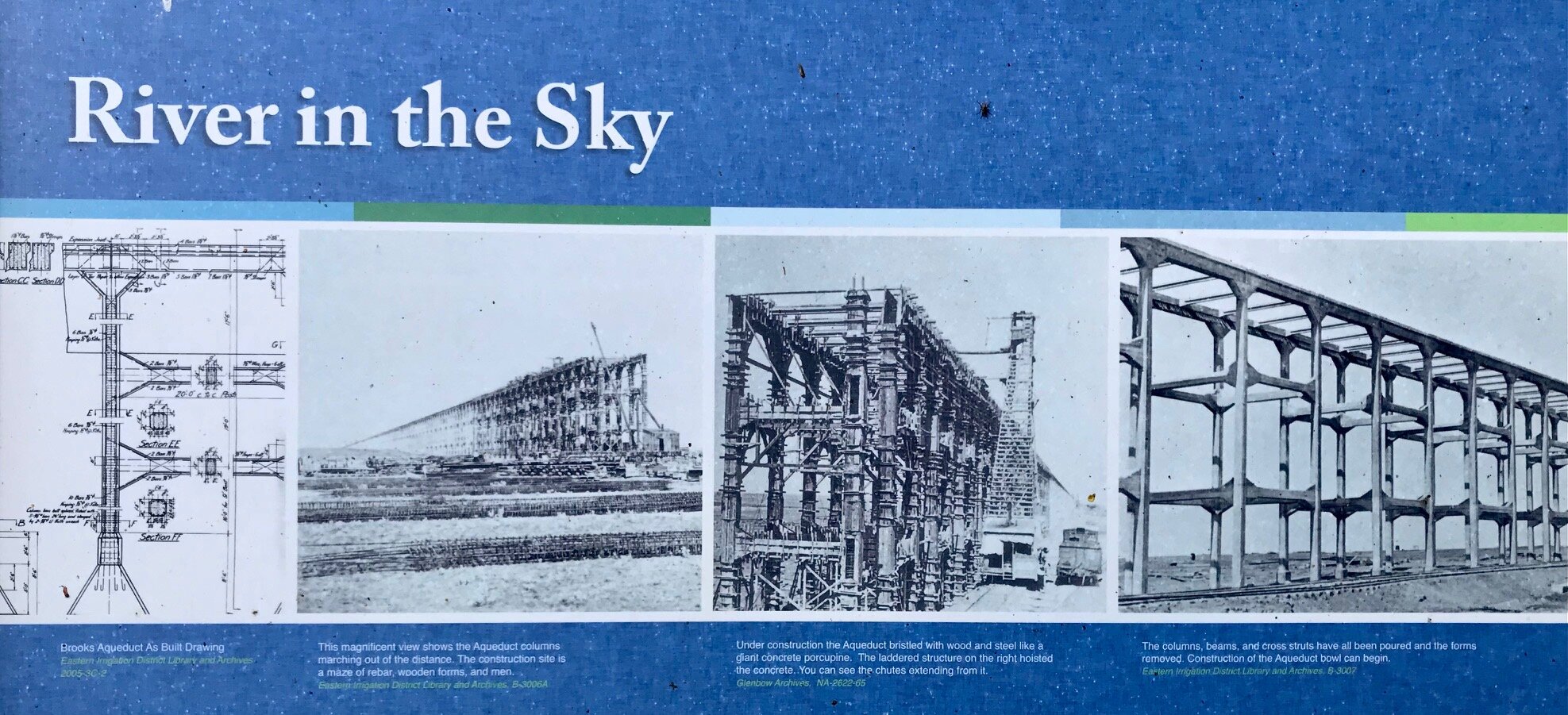Slow Travel: Calgary to Siksika, Gleichen Eventually Medicine Hat
Recently, we decided on a slightly different route for our road trip from Calgary to Medicine Hat. Instead of hopping on the Trans-Canada Highway (less than a 5-minute drive from our house), we wove our way south through the city to Highway 22 (which then becomes Highway 901), following 901 east to Gleichen where it meets up with the Trans-Canada. And we are super glad we did.
The drive along the 901 was a treat - almost no traffic so we could drive slowly and enjoy the subtle interplay between big blue sky, golden prairie fields and dramatic white cloud formations.
At the eastern end of 901, you pass through the Siksika Nation, just south of Gleichen. For three of the four years we lived in Gleichen, I worked at Old Sun College at Siksika as a tutor/advisor for the University of Calgary. I walked to and from every day, yet sadly I don’t recall ever really taking time to exploring the land south of the tracks.
Siksika Nation
It was eye-opening to drive through the Siksika land. The houses seem randomly positioned on the bare prairie land, not like the structured, master-planned communities in most Alberta cities and towns. Few had any fences, lawns or trees; a stark reminder of how different cultures prefer different ways to live. I enjoyed how open the homes were to the surrounding land and how the yards flowed from one to the other - no six foot high privacy fences like in Calgary neighbourhoods! (I often wonder why so many people today are obsessed with their privacy.) The homes integrated into the landscape, rather than being imposed on it. Definitely a different aesthetic - not better, not worse – just different.
Arriving closer to end of the Hwy 901, we discovered a small cemetery not too far from several large modern buildings. Intrigued, we stopped to have a look.
The Paul Little Walker Cemetery sign invited us to stop and explore.
We often stop a roadside cemeteries as they almost always have something interesting to offer. The Siksika cemetery was unlike others we have encountered in other small towns as most of the graves still had earth piled up on them – too many to all be new graves.
Somehow the cemetery seemed more authentic and touching than the manicured, park-like cemeteries we are used to visiting.
The gravesites had hundreds of small trinkets left by visitors; some faded and weathered; others clean and shiny. It created unique sense of place.
We then headed to the adjacent large modern building which we soon found out was the Siksika Nation High School - which from a distance, had the architecture of a modern high school you would find in any Canadian city. But, upon further inspection I noticed several indigenous references that gave the building a unique sense of design.
The cemetery was very touching on many levels.
The mounds of dirt at each grave with flowers and other artifacts was intriguing.
Siksika Nation High School makes an impressive architectural statement from a distance.
The geometry of different shapes at the entrance creates a unique sense of place.
Off to the side of the entrance is a tee pee-like cone made of copper contained with a two-storey rectangular structure open to the sky.
The surface of the cone reminded me of fire in the bright prairie sun - perhaps a camp fire?
At the southwest corner of the building is a curved facade that contains the cone shaped glass structure inside the building. Outside is an open two-storey rectangular structure similar to the one that contains the cone structure at the entrance. I would have loved to have gone inside the school, but I didn’t think that was appropriate. I wish I knew more about the Siksika culture and the significance of the unique design of the school.
Old Sun Experience
As we continued on our way, we had to pass by the historic grand Old Sun College (est. 1929) and I decided to check it out. Everything seemed foreign to me after almost 40 years. I walked around the outside taking photos and trying to decide if I should go inside. I wondered, “Was anyone welcome, especially as COVID numbers were increasing again?”
Eventually, I decided “nothing ventured, nothing gained.” I put on my mask and headed in. All I had to do was sign in, at the security desk, no questions asked.
Again, nothing was familiar to me. I wandered down the hall to what looked like a library. I was told used to be the church (Old Sun College was an Anglican Residential School from 1929 to 1971).
After a few minutes, memories started to come back and I recalled they used the space as a gym when I was there and we used it for the University of Calgary’s Drama 360 course.
Backstory: I was hired as the tutor/advisor for a new University of Calgary Outreach Program in the Fall of 1982. Professors travelled to Old Sun once a week to give their lectures to a group of about 25 adult students. The goal was to enable the students to continue to live on the reserve while getting their first three years of a Bachelor of Education degree before going on campus in Calgary for their final year.
My role was to sit in on all classes and serve as a tutor to help them successfully complete each course. In the end, as many students were interested in Social Work degrees, courses were offered so they could get a Degree in Social Work. I was also the liaison with the professors (to help them better appreciate the needs of the students), as well as worked with Indian Affairs and the University of Calgary to manage the paperwork associated with the pilot project.
It was during this time I learned about the sad residential School experiences of Siksika families and got a firsthand appreciation for life on the reserve.
From The Old Sun Website
“Old Sun Community College is a Siksika-led, Board Governed educational institution that operates as a comprehensive, non-profit organization on the Siksika Nation reserve. Today it is a bustling, multi-purposed, culturally based institution that offers accredited post-secondary courses, certificates, diplomas and degrees via partnerships with recognized colleges and universities along with its own designed and developed Siksika Knowledge Courses.”
“The College was named in honour of Chief Old Sun (1819-1897) who served as a medicine man, warrior, and leader of one of the largest of the Blackfoot Confederacy nations. In the Blackfoot culture, Chief Old Sun’s name NA TO SA PI translates to ‘Sun Elder’ or ‘Sun Old Man’ which implies ‘to see’, or ‘to gain insight.’”
The Old Sun Library has a museum like atmosphere. The old church’s altar has a massive artwork in a glass case that invites you to worship it.
Detail of the artwork on display in the library
Along the hallway to the library are several lovely drawing that look old, but use modern iconography, which is explained on the tags
These drawings were a fun find, especially as part of the reason for this trip was to visit Writing-On-Stone Park to see the historic petroglyphs.
Gleichen Flashback
Our first house in Gleichen.
We then headed to Gleichen to see if and how it had changed since we had last been there a few years ago. Yikes, the main street was even more depressing - gas station gone, food store gone, laundromat gone.
However, at the western edge of main street remains an early 20th century CIBC bank building that is now the town’s library. Fun Fact: I was the part-time librarian for a time while living in Gleichen.
When I got out of the car to take a couple of photos, I noticed the lights on and the library open. (It is only open one day a week so we were very fortunate.) It is a charming library space, complete with the bank’s vault, and a fun children’s area. We got chatting to the two librarians (mother and daughter), and quickly discovering we knew the mother’s mother, a teacher who served on the Library Board back in 1981.
We had a lovely chat, asking about people who we had known when we lived there and where they were now. After buying a couple of books for their Book Sale, we moved on.
FYI: One of the books was “Northern Tigers” Building Ethical Canadian Corporate Champions, A Memoir and A Manifesto by Dick Haskayne, a prominent Calgary businessman and philanthropist, who in 2002 donated $16 million to the Faculty of Management at the University of Calgary. It was renamed the Haskayne School of Business. Dick was born and raised in Gleichen. I am looking forward to reading it this winter.
Link: The Story of Gleichen
CIBC/Library Building in Gleichen. The CIBC building was per-made in Manitoba and shipped to Gleichen by rail in about 1924. When the bank closed it became the town office in the late 1990s. The library moved into the building in 1998. There are only four existing buildings of this style in Alberta.
The first library was in the CPR Station in 1883. It burnt down in 1918. The Library operated out of the local school until 1951 when it was moved to the old town office.
The Gleichen Water Tower was built in 1911 by Des Moines Bridge and Iron Company of Pittsburg, P.A. The tower is 150 feet high. The tower was built to that height to supply the Siksika Nation with water and also to protect against an elevator fire. The Gleichen water tower is the oldest and highest in southern Alberta and the only one in the County of Wheatland. The tower, located along the Trans Canada Highway, can be seen for miles in all directions. It is a beacon for travelers who use it to gauge their next stop; Calgary to the west or Brooks to the east. It is recognized as a Provincial Historic Resource.
We also drove around town and discovered a few hidden gems, like this church built in 1886..
We also found this charming heritage home.
While at the library we spent some time browsing the two Gleichen History books, that document the town’s rich pioneer history.
I was curious to see if my “Street Art for Gleichen” project was included in the book. Indeed it was.
As was a little history of our time as citizens of Gleichen.
Bassano & Brooks
From Gleichen, we travelled east along the Trans-Canada as there are really no other side roads to follow to Medicine Hat. But we did make stops in Bassano, downtown Brooks and the Brooks Aqueduct, before arriving in Medicine Hat. What should have been a three hour trip (happily) took us almost seven hours!
Bassano’s Hunter Hotel built in 1911, was renamed the Imperial Hotel in 1930 and in 2007 became the Imperial Hunter Hotel.
Bassano’s Main Street has several heritage buildings that are reminder of past prosperity.
The Brook Aqueduct just 3 km off of the Trans-Canada highway is definitely worth getting off the highway and visiting.
Who knew there is an Irrigation Trail in Alberta.
Last Word
When we started our road trip, we had no plans to stop in at Old Sun College or the Gleichen Library. Rather, our plan was to take a different route to get to Medicine Hat to see what we might discover.
You gotta love the serendipity that comes with slow, off-the-beaten-path travel.
For example, while in downtown Brooks we wandered into the Prairie Cottage Bake Shop and were rewarded with perhaps the best Boston Creme donuts we’ve ever had.
If you like this blog, you will like these links:
Planning the perfect road trip
Slow Travel Postcards: Morley, Exshaw, Canmore & Banff

































